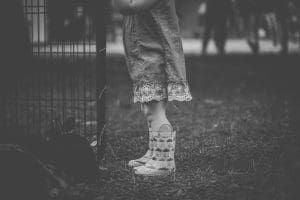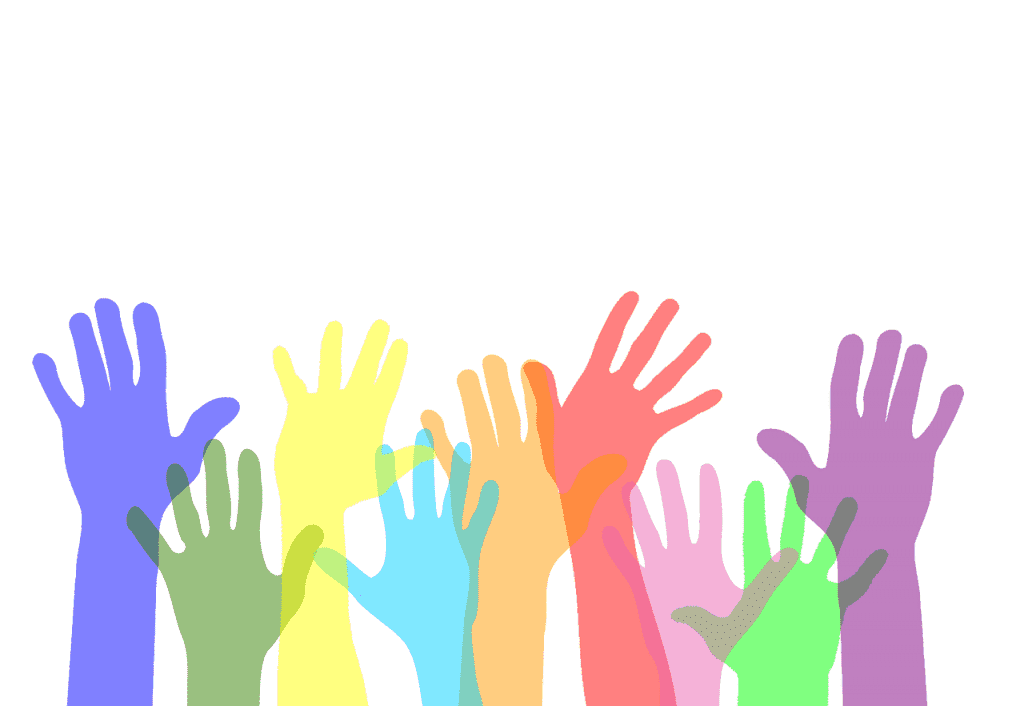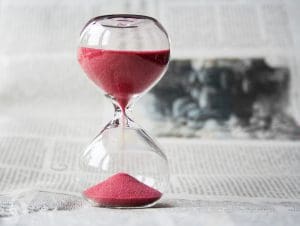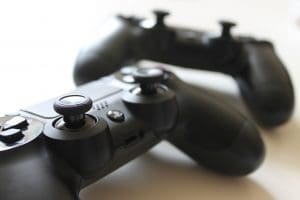
Can You be Extroverted and Have Social Anxiety?
November 13, 2018 in Educate Yourself

Our minds often give us images of certain types of people when we think about certain things. For example, we tend to think of those with anxiety to be by themselves, preferring to be alone and in the quiet. It can be easy and even confusing to separate introversion and social anxiety, since both include a preference of being alone and away from crowds. Even though there are significant differences, the assumption is that most people with social anxiety are also introverts, and that the two go hand in hand.
It’s important to remember though that those with disorders and illnesses do not have to have the same personality traits. While the idea of extroverts – those who thrive off of crowds, enjoy talking to large groups of people, and get their energy when they’re around others – also having social anxiety doesn’t seem to make sense, it’s something that can still happen. Being an extrovert is not a protective factor against anxiety, since anxiety is something that your mind can’t help but think about.
 Extroverts with social anxiety have two major parts of themselves conflicting, but if you take a step back, you can see how the two can influence each other. Social anxiety often includes fears of having their anxiety be noticeable and facing criticism, and those who have these and are also extroverted can feel these fears to a larger degree. They like to be around people, but they also want to make sure that they are being accepted by them. Because they want to be accepted, their anxiety can make them afraid of the worst case scenarios and that people won’t actually like them, and will actually find their outgoing traits to be annoying.
Extroverts with social anxiety have two major parts of themselves conflicting, but if you take a step back, you can see how the two can influence each other. Social anxiety often includes fears of having their anxiety be noticeable and facing criticism, and those who have these and are also extroverted can feel these fears to a larger degree. They like to be around people, but they also want to make sure that they are being accepted by them. Because they want to be accepted, their anxiety can make them afraid of the worst case scenarios and that people won’t actually like them, and will actually find their outgoing traits to be annoying.
Those with social anxiety (or other mental illnesses) who are also extroverts can also be afraid of admitting they have these issues, because people don’t think that this combination is possible. Because people expect extroverts to be social, lively, and loud, extroverts can feel that they have to be that way all the time, not just to meet the standards of others, but the image they have of themselves. One 24 year old woman goes into detail about her experience as someone with anxiety and depression, but considers herself to be an extrovert. She explains that her more extroverted traits, such as being loud, can come out because she uses it to try and make up her fears of being judged by others when in public.
While there are images that we think of when we think about mental illness, they can still be stereotypes and damaging to not just those who meet that image, but those who “conflict” with it.
Are you an introvert or extrovert? How do you think that the stereotypes and stigmas about mental illness can affect those who don’t meet them on the outside, such as outgoing and extroverted people?


 If you like, or are interested in
If you like, or are interested in  Google Docs
Google Docs
 Have you ever wanted to try
Have you ever wanted to try  relapsed, but 29% relapsed more than twice. The
relapsed, but 29% relapsed more than twice. The 
 There have been a lot of stories lately, particularly in the last couple of years, regarding
There have been a lot of stories lately, particularly in the last couple of years, regarding 


 If you have an iPhone or keep some sort of track on the latest technology, then you know that one of Apple’s most recent update for iOS 12 included
If you have an iPhone or keep some sort of track on the latest technology, then you know that one of Apple’s most recent update for iOS 12 included  A recent
A recent 

 designed the haunted house to see how it worked, but gave surveys to those who had already purchased tickets to get information about their feelings before and after. The majority of the participants, about half, said that their mood had improved, especially those who were tired or stressed. Some of the participants wore sensors and had less brain activity when completing tasks after, which was described as being similar to a “zen state,” the kind of calm feeling that happens during mediation, for example. Think of it like ripping off a Band-Aid: you’re afraid of the pain before it happens, once it does, it hurts for the briefest of seconds, but afterwards, you feel better and almost relaxed.
designed the haunted house to see how it worked, but gave surveys to those who had already purchased tickets to get information about their feelings before and after. The majority of the participants, about half, said that their mood had improved, especially those who were tired or stressed. Some of the participants wore sensors and had less brain activity when completing tasks after, which was described as being similar to a “zen state,” the kind of calm feeling that happens during mediation, for example. Think of it like ripping off a Band-Aid: you’re afraid of the pain before it happens, once it does, it hurts for the briefest of seconds, but afterwards, you feel better and almost relaxed.


 The National Alliance on Mental Illness (NAMI) is the United States’ largest grassroots mental health organization. NAMI is dedicated to building better lives for millions of American’s affected by mental illness through education, advocacy, listening, and awareness.
The National Alliance on Mental Illness (NAMI) is the United States’ largest grassroots mental health organization. NAMI is dedicated to building better lives for millions of American’s affected by mental illness through education, advocacy, listening, and awareness.
Recent Comments